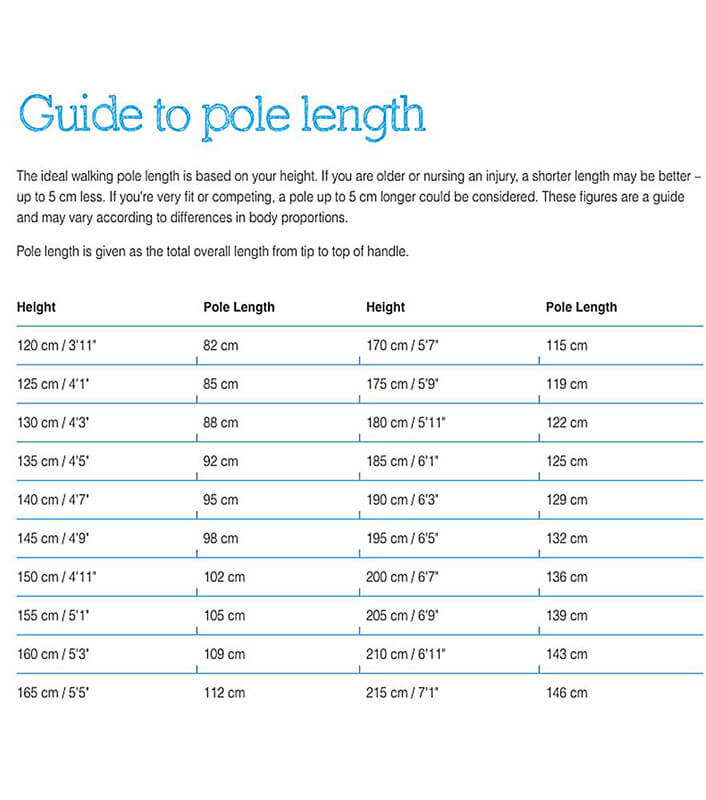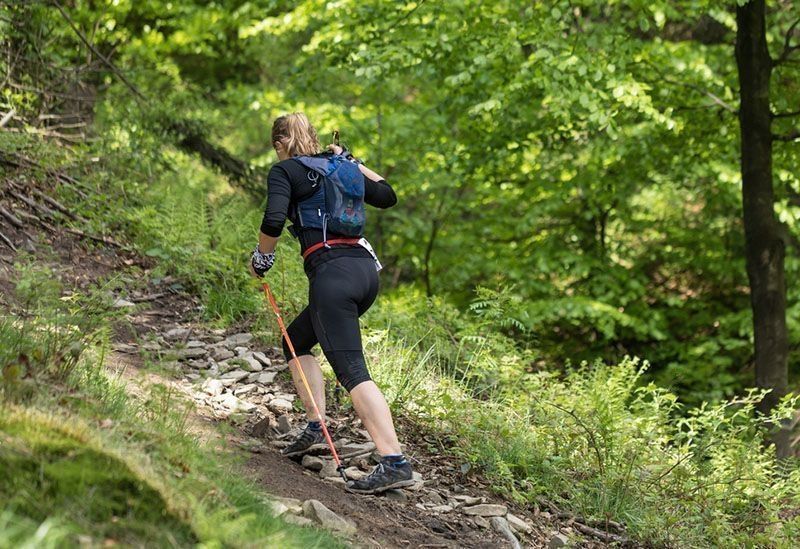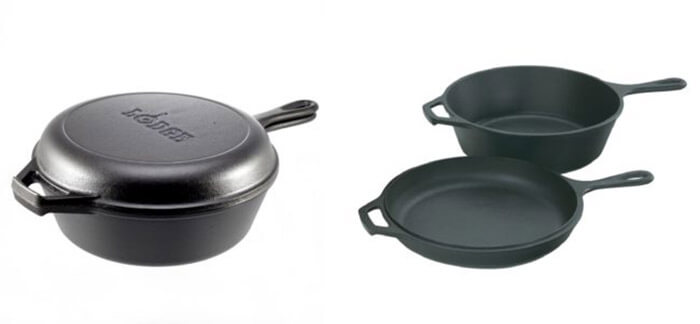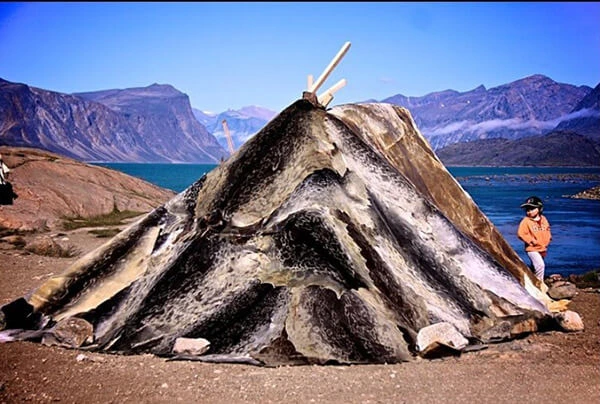Best Trekking Poles of 2022
Regarding trekking poles, there are a few things you want to consider before purchasing. First off, what is your budget? Trekking poles can range in price from around $30 to $200. Second, what type of terrain will you be using the poles on? If you’re mostly trekking on even ground, you won’t need as much of a durable pole as someone who’s trekking through rocky or root-filled terrain. Third, what are your height and weight? Some poles are adjustable to accommodate different heights, while others are not. Fourth, do you want a single pole or a pair of poles?
We tested and evaluated the best backpacking sticks of 2022 for enhanced stability and less discomfort on the trek. Here are a few of our top picks:

Before we offer our research findings, we should consider the following criteria:
The construction quality of trekking poles
There is no question that trekking poles have revolutionized the way we hike. No longer are we forced to rely on our own two legs to carry us up and down the trail. Now, we can use these nifty little devices to help take some of the strain off our muscles and joints.
But, as with anything in life, trekking poles have pros and cons. And one of the biggest drawbacks is the construction quality of many of the poles on the market today.
Every time you turn around, another company comes out with a new and improved version of the trekking pole. But, in our opinion, many of these poles are not built to last.
We have had our share of problems with poles breaking, collapsing, and generally falling apart. And we know we are not alone in this. Just do a quick search online, and you will find plenty of stories from other hikers who have had similar experiences.
So, what is the cause of all these problems? In our opinion, it boils down to two things: poor materials and shoddy construction.
Many of the trekking poles on the market today are made from cheap materials that are simply not up to the task of being used on the trail day after day. And, even if the materials are decent, the construction is often subpar, resulting in poles prone to breaking and collapsing.
If you are in the market for a new set of trekking poles, we will urge you to do your research and choose a pair made from high-quality materials and built to last. Yes, you may have to pay a bit more for these poles, but it will be worth it in the long run when your poles don’t break down on you in the middle of nowhere.
Locking and Adjustability
First, let’s talk about locking mechanisms. The twist lock is the most common type of locking mechanism, which is simple and easy to use. Just twist the pole to lock it in place. Some people prefer the lever lock, which is a little more difficult to use but provides a more secure lock. Whichever type of locking mechanism you choose, ensure it’s easy to use and secure.
Next, let’s talk about adjustability. Most poles are adjustable, but some are more adjustable than others. Some poles allow you to adjust the length of the pole, while others only allow you to adjust the handle position. If you’re looking for a pole that can adjust to your needs, you’ll want to choose one that allows for both lengths and handles position adjustments.
Here are our recommendations:
REI FLASH CARBON COMPACT TREKKING POLES
There’s no need to be a hiker to understand the appeal of a good pair of trekking poles. Whether you’re an avid outdoors person or simply someone who likes to be prepared, trekking poles can offer a lot of stability and support on any terrain. They can also help take some of the strain off your legs and back, making extended hikes more manageable. But what if you don’t want to lug around a big, bulky pair of poles? That’s where the REI Flash Carbon Compact Trekking Poles come in.
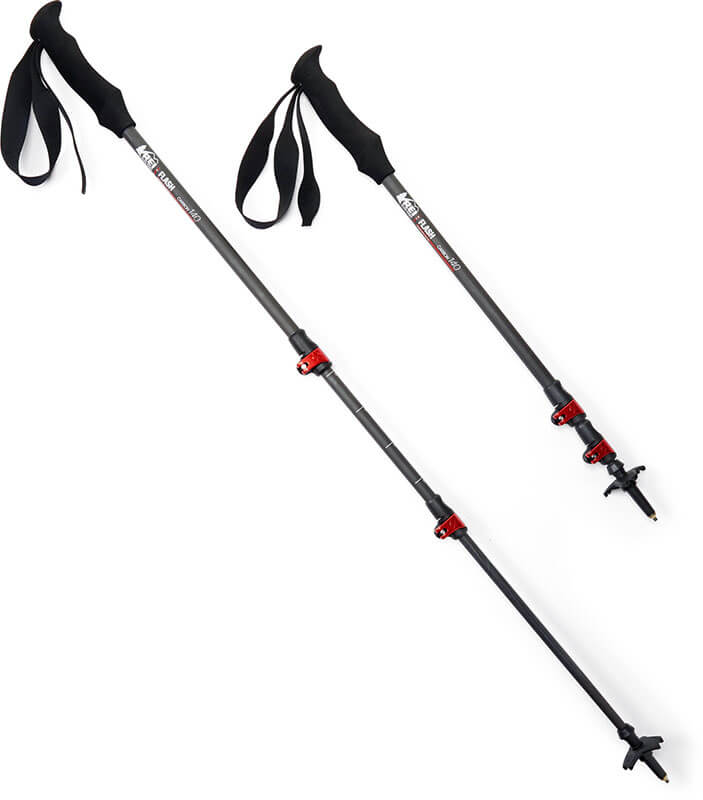
These poles are lightweight and packable. You can easily take them with you on any adventure. They’re made with carbon fibre for strength and durability but won’t weigh you down. And when you’re not using them, they collapse down to just 17 inches, so you can easily stow them away in your backpack.
Best Overall:
Black Diamond Distance Z Trekking Poles
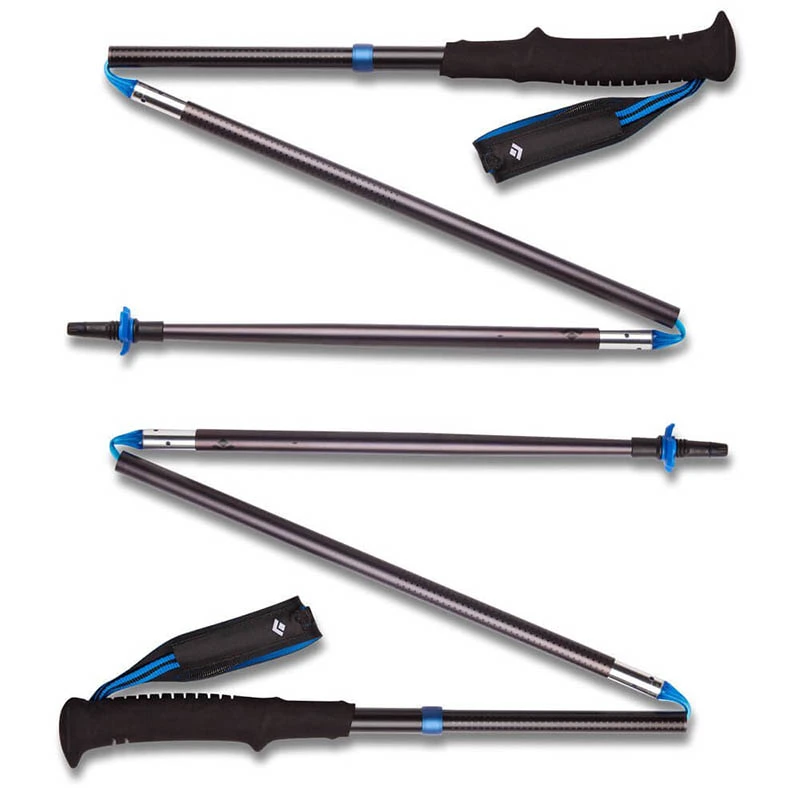
If you’re looking for a versatile and durable pair of trekking poles, the Black Diamond Distance Z Trekking Poles are a great option. These poles are made from 100% aluminium and are adjustable to accommodate different heights. They also have a comfortable EVA foam grip and come with carbide tips for added durability. The Distance Z Poles are perfect for a variety of different terrains and are sure to help you conquer any trail.
Best Budget:

Mountaintop Trekking Poles
The Mountaintop Trekking Poles are a great option if you’re on a tight budget but still want a good quality pair of trekking poles. These poles are made from aluminium alloy and feature an anti-shock system to help reduce the impact on your joints. They’re also adjustable to fit different heights and have carbide tips for added durability. The Mountaintop Trekking Poles are a great option for anyone looking for a budget-friendly pair of trekking poles.
Best for Comfort:
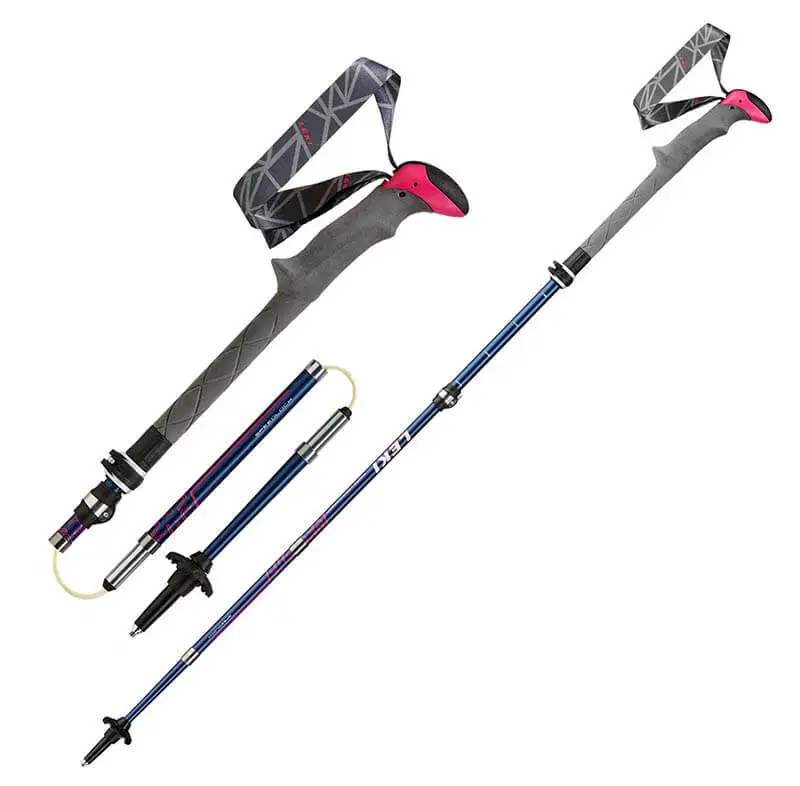
Leki Micro Vario Ti Trekking Poles
If comfort is your top priority, the Leki Micro Vario Ti Trekking Poles are a perfect choice. These poles are made from 100% carbon fibre, making them extremely lightweight. They also have an ergonomic grip and come with anti-shock technology to help reduce the impact on your joints. The Leki Micro Vario Ti Trekking Poles are perfect for long hikes or extended backpacking trips.
Best for Durability:
Cascade Mountain Tech Carbon Fiber Compact Trekking Poles
The Cascade Mountain Tech Carbon Fiber Compact Trekking Poles are a great option if you’re looking for a durable pair of trekking poles. These poles are made from 100% carbon fibre and feature a reinforced aluminium shaft. They also have an anti-shock system to help reduce the impact on your joints and come with tungsten carbide tips for added durability. The Cascade Mountain Tech Carbon Fiber Compact Trekking Poles are perfect for anyone looking for a durable and long-lasting pair of trekking poles.
How to fix a Broken Pole?
When your trusty old pole snaps in half, it can feel like the world’s end. But never fear! With a little bit of elbow grease (and maybe a trip to the hardware store), you can have your pole back up and running in no time. Here’s how to fix a broken pole:
1. Start by assessing the damage. If the break is clean, you should be able to simply re-attach the two halves of the pole with some strong tape or glue. If the break is more jagged, you may need to use a splint to stabilize the pole before re-attaching it.
2. Once you’ve determined how to best re-attach the broken halves of the pole, it’s time to get to work. If you’re using tape or glue, apply it generously and evenly so that the pole is securely held together.
3. Once the pole is re-attached, give it good testing to ensure it’s strong enough to support your weight. If everything seems good, then you’re all set! Your broken pole is now fixed.
If you ever find yourself in a situation where your pole snaps in half, don’t panic! With some know-how, you can fix it up and be good as new in no time.
Trekking Pole length Table
If you’re mostly trekking on flat ground, you can get away with shorter poles. But if you’re planning on doing some serious uphill or downhill hiking, you’ll need longer poles to give you extra support.
Second, think about your height and arm length. The general rule is that your poles should be about 10 centimetres (4 inches) shorter than your height. But if you have long arms, you might want to go with a slightly longer pole. And if you’re short, you can get away with a slightly shorter pole.
Finally, consider the type of grip you want. Some people prefer a grip close to their hand, while others like a grip further away. This is mostly a matter of personal preference, so try out a few different types of grips before you make your final decision.
Once you’ve considered all of these factors, it’s time to choose the right length for your trekking poles. Use the chart below to find the perfect size for your needs.
Pole Length (cm)
110-120
This is the ideal length for most people. It will provide plenty of support on flat and uphill terrain and won’t be too cumbersome on downhill sections.
105-115
This length is good for people who are shorter or have shorter arms. It will provide enough support on flat and uphill terrain, but it might not be ideal for downhill sections.
100-110
This length is good for people who are extremely short or have very short arms. It might not provide enough support on uphill sections, but it will be fine on flat and downhill terrain.
95-105
This is the shortest recommended length for trekking poles. It’s only suitable for people who are extremely short or have very short arms, and it might not provide enough support on even relatively flat terrain.
